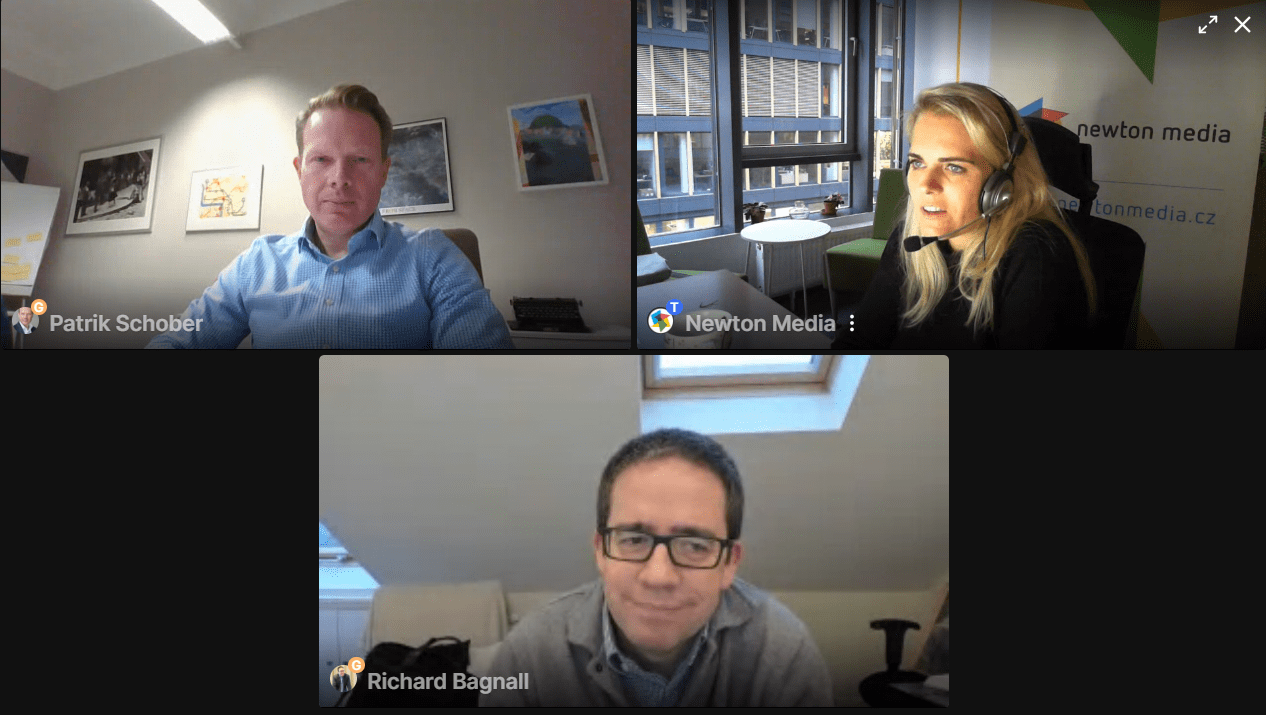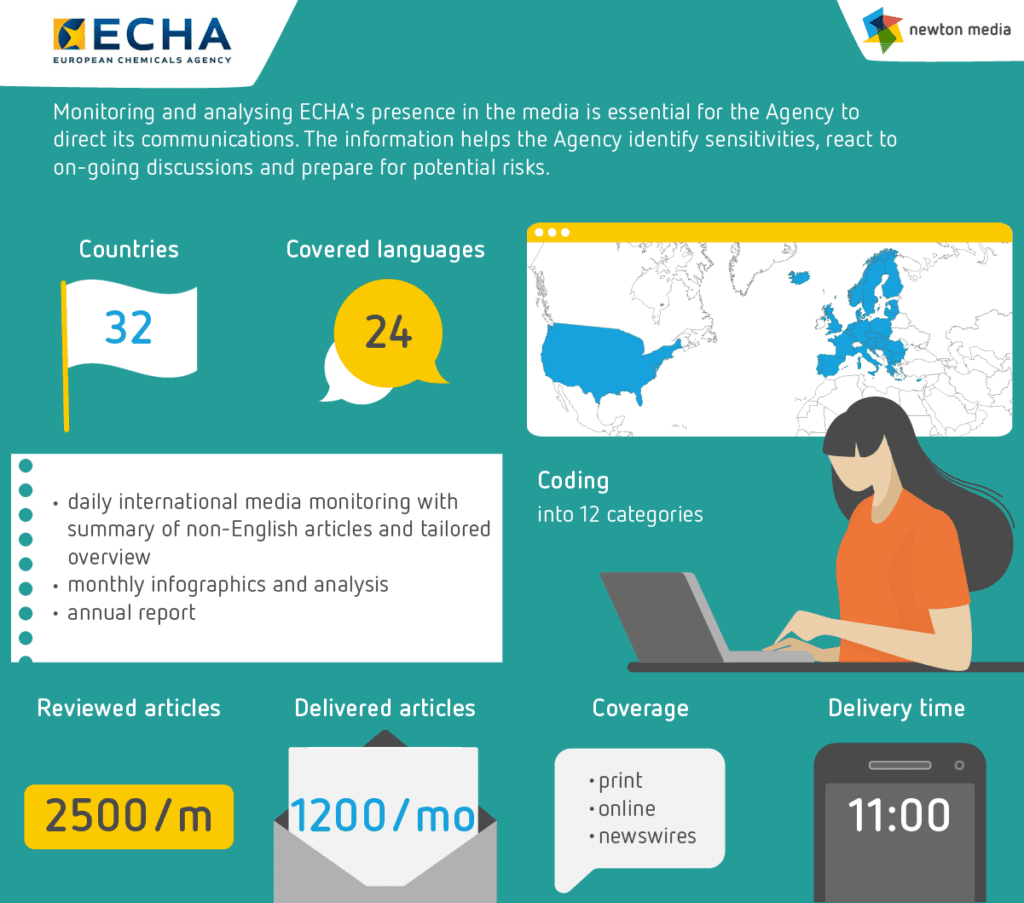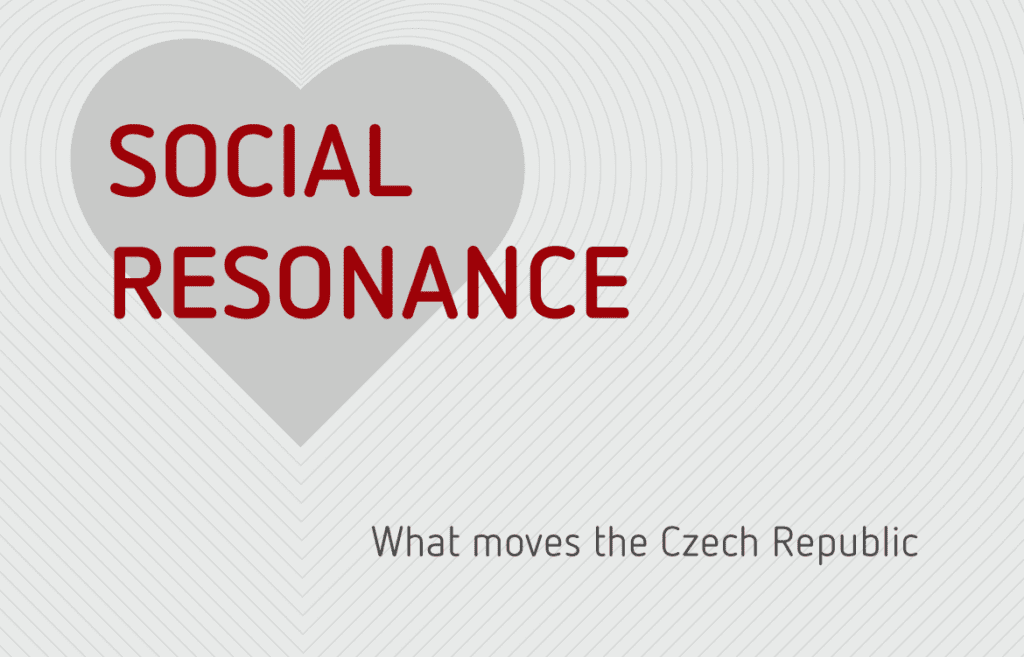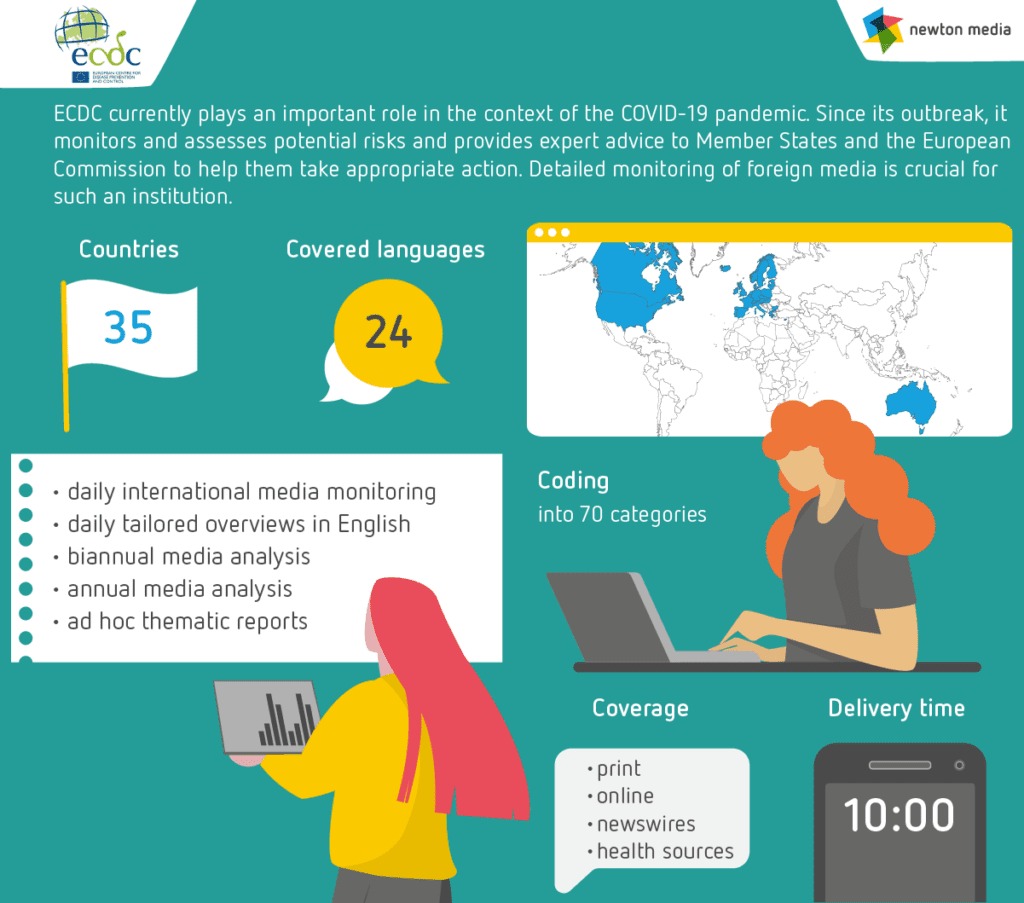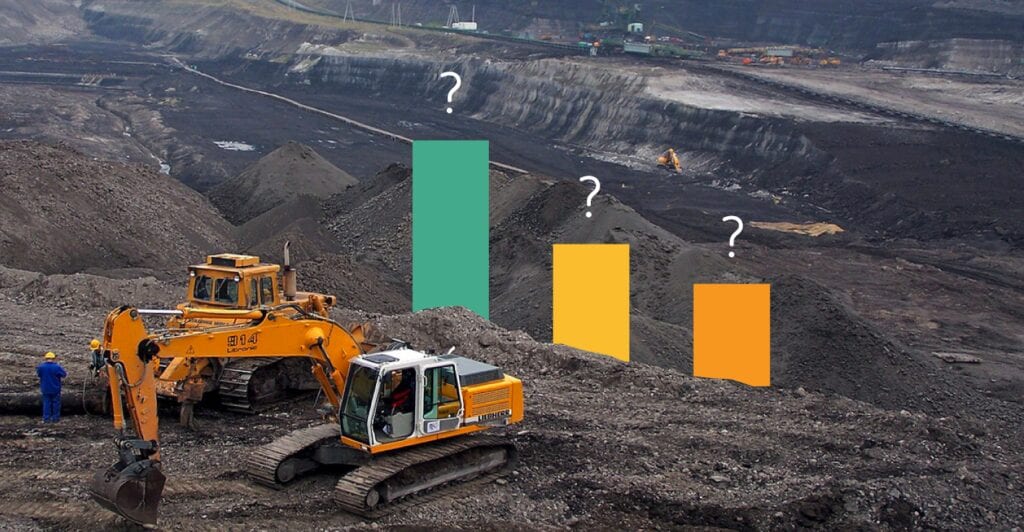On December 3rd, Newton Media, in cooperation with the Association for Public Relations (APRA) and under the auspices of AMEC Measurement Month, organized a webinar How to measure your communication – Barcelona Principles 3.0. The webinar was focused on the latest trends in measuring communication performance. Magdalena Horánska, head of Newton Media for Southern and Eastern Europe, Richard Bagnall, chairman of global communication evaluation trade association AMEC, and Patrik Schober, chairman of the APRA executive board, presented their contributions.
In the first presentation, Magdalena Horánska introduced the updated Barcelona Principles in version 3.0. Barcelona Principles contain seven criteria that are used to measure and evaluate corporate and PR communications. Since their introduction in 2010, they have been updated twice due to the rapidly changing communications industry – most recently this year.
The updated version of Barcelona Principles places even greater emphasis on setting communication goals. They are also more focused on the long-term impacts of a given communication strategy. Its evaluation and measurement must also be as individual as possible. “Principles 3.0 bring a more comprehensive view of performance, which is not necessarily tied to business metrics such as sales or revenue, but also to the effects that communication will bring not only to the company or project but also to society as a whole,” said Magdalena Horánska. Communication measurement and evaluation should include both qualitative and quantitative analysis across all communication channels. As part of the communication campaign, it is necessary to think about other elements related to the topic, such as GDPR.
Barcelona Principles 3.0 state from the outset that, for example, the AVE metric only considers a slice of communication process when evaluating. “There is no single scientific research that proves the validity of AVE. Organizations generally do not address how much AVE has been achieved, how many articles have been published, or how many have been. Such activity is only a burden for them,“ said Richard Bagnall.
It is the costs that are being addressed by organizations across the market more than ever before due to the current pandemic. PR professionals now must not only use metrics that are understandable to clients but also integrate the goals of a particular organization into communication. Only in this case can the campaign have the necessary value and the chance that the organization will agree to its implementation – especially in the challenging times we are facing.
According to Bagnall, PR professionals must also move away from sales-oriented evaluation metrics. “On the contrary, they should focus on those that better measure the value of PR itself, such as the intersection of key messages, media sentiment, or brand reputation,” added Bagnall.
Patrik Schober paid more attention to reputation itself in his contribution. He introduced it using the so-called reputation analysis – a tool that summarizes the views of individual stakeholders regarding the reputation of the brand. These include end customers and suppliers, as well as government representatives and regulators. Reputation analysis combines all these findings and relationships into one clear report, which serves as a basis for determining the communication strategy.
Schober demonstrated the reputation analysis on a specific case of a Czech family manufacturing company. Thanks to the analysis, it was possible for the company to find out what individual stakeholders think about the brand and then set up a communication strategy, its topics, and tools. This strategy was aimed at specific target groups the brand considers important. Schober also emphasized the growing importance of working with data. “Analysis and work with big data will be a significant part of the work of PR managers in the future. Maybe we should start working with these data now,“ Patrik Schober emphasized one of the future trends.
